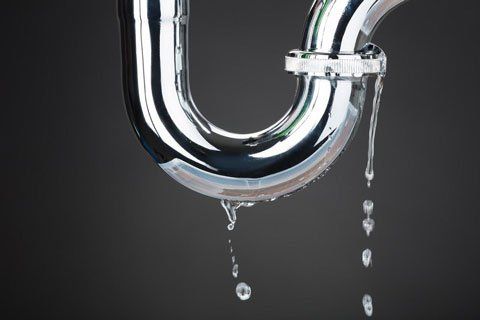Overview To Water Leakage Detection At Home
Overview To Water Leakage Detection At Home
Blog Article
This article down below on the subject of Leaking water lines is exceptionally informative. Give it a go and draw your own personal assumptions.

Early discovery of leaking water lines can minimize a potential calamity. Some small water leakages may not be noticeable.
1. Analyze the Water Meter
Every residence has a water meter. Inspecting it is a proven way that aids you discover leakages. For beginners, turn off all the water resources. Ensure nobody will flush, use the faucet, shower, run the washing device or dish washer. From there, most likely to the meter as well as watch if it will certainly alter. Since no one is utilizing it, there need to be no activities. If it moves, that suggests a fast-moving leak. Likewise, if you discover no changes, wait a hr or more and check back again. This means you may have a slow-moving leakage that could even be underground.
2. Inspect Water Consumption
If you detect unexpected adjustments, despite your consumption being the exact same, it means that you have leaks in your plumbing system. An abrupt spike in your bill indicates a fast-moving leakage.
A constant rise every month, also with the same practices, reveals you have a slow-moving leak that's likewise gradually escalating. Call a plumber to thoroughly examine your home, specifically if you really feel a cozy area on your floor with piping underneath.
3. Do a Food Coloring Examination
When it comes to water usage, 30% comes from bathrooms. Examination to see if they are running effectively. Decline specks of food shade in the storage tank and also wait 10 minutes. If the shade somehow infiltrates your dish throughout that time without flushing, there's a leak in between the storage tank and also bowl.
4. Asses Outside Lines
Don't neglect to inspect your outdoor water lines also. Ought to water seep out of the link, you have a loosened rubber gasket. One small leakage can squander loads of water and also surge your water costs.
5. Assess the situation and also inspect
House owners need to make it a practice to examine under the sink counters and also even inside cupboards for any type of bad odor or mold and mildew growth. These two red flags suggest a leakage so punctual attention is required. Doing routine assessments, also bi-annually, can conserve you from a significant trouble.
More importantly, if you know your home is already old, keep a watchful eye on your heaters, hoses, pipelines etc. Look for stainings and compromising as most home appliances and also pipelines have a life span. They will certainly likewise naturally degrade due to deterioration. If you believe leaking water lines in your plumbing system, don't wait for it to rise. Call an expert plumber today so you don't end up with a dreadful mess in your home.
Early discovery of leaking water lines can reduce a potential disaster. Some tiny water leaks might not be visible. Inspecting it is a proven method that helps you find leaks. One little leak can throw away heaps of water and surge your water bill.
If you think dripping water lines in your plumbing system, don't wait for it to intensify.
WARNING SIGNS OF WATER LEAKAGE BEHIND THE WALL
PERSISTENT MUSTY ODORS
As water slowly drips from a leaky pipe inside the wall, flooring and sheetrock stay damp and develop an odor similar to wet cardboard. It generates a musty smell that can help you find hidden leaks.
MOLD IN UNUSUAL AREAS
Mold usually grows in wet areas like kitchens, baths and laundry rooms. If you spot the stuff on walls or baseboards in other rooms of the house, it’s a good indicator of undetected water leaks.
STAINS THAT GROW
When mold thrives around a leaky pipe, it sometimes takes hold on the inside surface of the affected wall. A growing stain on otherwise clean sheetrock is often your sign of a hidden plumbing problem.
PEELING OR BUBBLING WALLPAPER / PAINT
This clue is easy to miss in rooms that don’t get much use. When you see wallpaper separating along seams or paint bubbling or flaking off the wall, blame sheetrock that stays wet because of an undetected leak.
BUCKLED CEILINGS AND STAINED FLOORS
If ceilings or floors in bathrooms, kitchens or laundry areas develop structural problems, don’t rule out constant damp inside the walls. Wet sheetrock can affect adjacent framing, flooring and ceilings.
https://www.servicemasterbyzaba.com/blog/how-to-detect-water-leakage-in-walls/

Do you like reading about Locating water leaks? Try leaving a remark down below. We'd be delighted to know your thinking about this page. Hoping that you visit us again in the near future. Don't hesitate to take the time to distribute this article if you liked it. I treasure reading our article about Finding hidden leaks.
Report this page